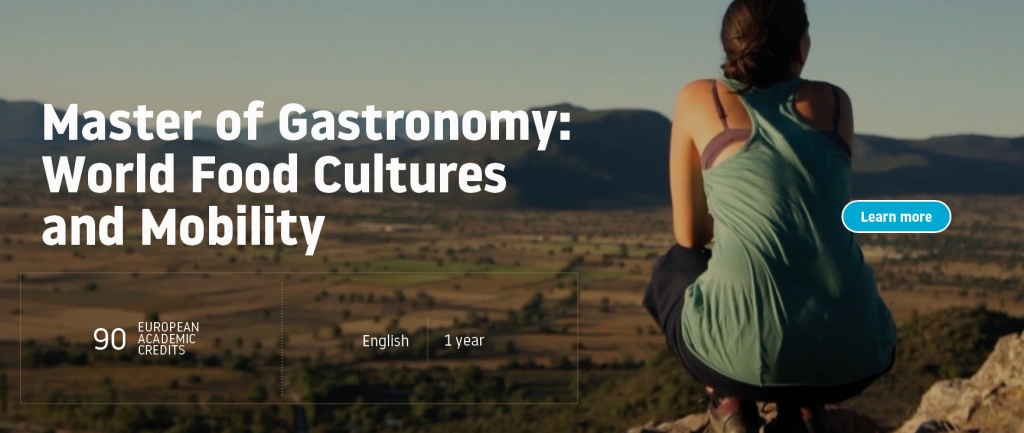The New Gastronome
Ladakh’s Sweet Apricot
The Sweetest of them All
by Preet Sanghvi
by Preet Sanghvi

Jullay1, I am chulli – the sweet apricot from Ladakh.
With over 200 relatives, my forefathers arrived in Ladakh from Central Asia a good hundred years ago. Now, I want to narrate our story and tell you how one of us – the ‘Raktsey Karbo’ – has been claimed the ‘sweetest fruit of the world’.2
Being native to only Ladakh, I am an integral part of its culture and economy. I’m a Leo by nature, bearing fruit every August and looking exotic from the outside while being a very humble fruit on the inside. With a thin and fluffy, yet matte, skin, a bright yellow hue and a honeyed perfume, my advocates say that I am a beautiful fruit inside and out. My pulp is tender, juicy and creamy, leading me to be extremely sweet, welcoming and delicate with a little bit of pungency – just like a lion.
Growing at altitudes of 11,000 feet above sea level, my relatives and I live life in an organic fashion without the interference of any pesticides or chemical fertilizers, making us 100% natural and organic.3 When I’ve grown sufficiently, farmers come to fetch me, wash and clean me and, finally, lie me out on the rooftops to develop a natural tan under open sunlight. From then on I am called faddeng, dried apricot.
“I’m a Leo by nature, bearing fruit every August and looking exotic from the outside while being a very humble fruit on the inside.”
You can enter any Ladakhi household and you will find me there, on a platter, present either as a dessert, a dry fruit, a multipurpose oil, a jam, a chutney or even a cake! Due to my high sugar content and perishability, I am an excellent choice for organic juices, jellies and jams and thanks to the development of processing units in the region, I can not only support my local farmers and economy but can also bring joy to the rest of the world: as a succulent fresh fruit or in my chewy dried form.
Despite being sweet and scrumptious, I am highly nutritious, packed with vitamins A and C, as well as iron, calcium and amino acids, all aiding in building immunity, maintaining bone and eye health and promoting weight loss. My 11,6% sorbitol, a good sugar that is a replacement for glucose and sucrose, makes tourists come all the way to Ladakh asking for the ‘sweetest and finest apricot in the world’. I am proud of being a commercially and culturally important fruit for my region and honoured to hear Ladakhi people celebrate me as a “God-gifted natural resource”.4
Though burdened by harsh climatic conditions, Ladakh produces an estimate of 11,800 metric tonnes of fresh apricot yearly, making me a high-yield and low-investment fruit. There is also a general perception that the ‘local’ produce of Ladakh is significantly healthier than imported ones. Therefore, at the humble price of Rs.400/kg ($5/Kg), one can get to taste 100% delicious and organic produce.5
“I am proud of being a commercially and culturally important fruit for my region and honoured to hear Ladakhi people celebrate me as a ‘God-gifted natural resource’.”
Unfortunately, through conventionalism, my high perishability, lack of modern skills for proper preservation, transportation issues and a lack of awareness, 90% of my kin go to waste and never reach you – what a shame!
A. D V. E. R. T. I. S. I. N. G
Meanwhile, I have a dream; a sweet dream that one day all we chullies and faddengs will travel the world, from our farms all the way to outside markets. We will get out of this landlocked desert and spread our organic sweetness to your homes, restaurants and lives, making India one of the global producers of the world’s sweetest fruit. It is time to give the world a taste of India’s culinary diversity, but all that cannot exist unless the multiple stakeholders who touch our lives – from farmers, entrepreneurs and governments to nonprofits and investors – can explore a better future. So, one can say, I truly am a miracle fruit: my future is at stake and its miracle lies in your hands.
Footnotes:
[1] Jullay means ‘Hello’ in Balti language
[4] https://khyenchyen.net/2018/08/14/ladakh-the-land-of-miracle-fruit/
[5] Mansoor Ali, 2018
Photo source: Dr Tsering Stobdan.
Find out more about Preet: https://www.gourmettales.co/